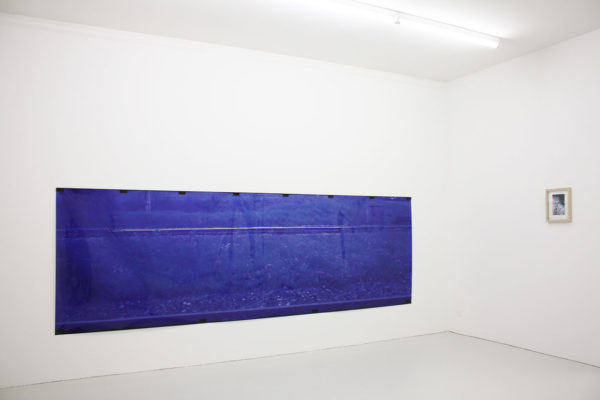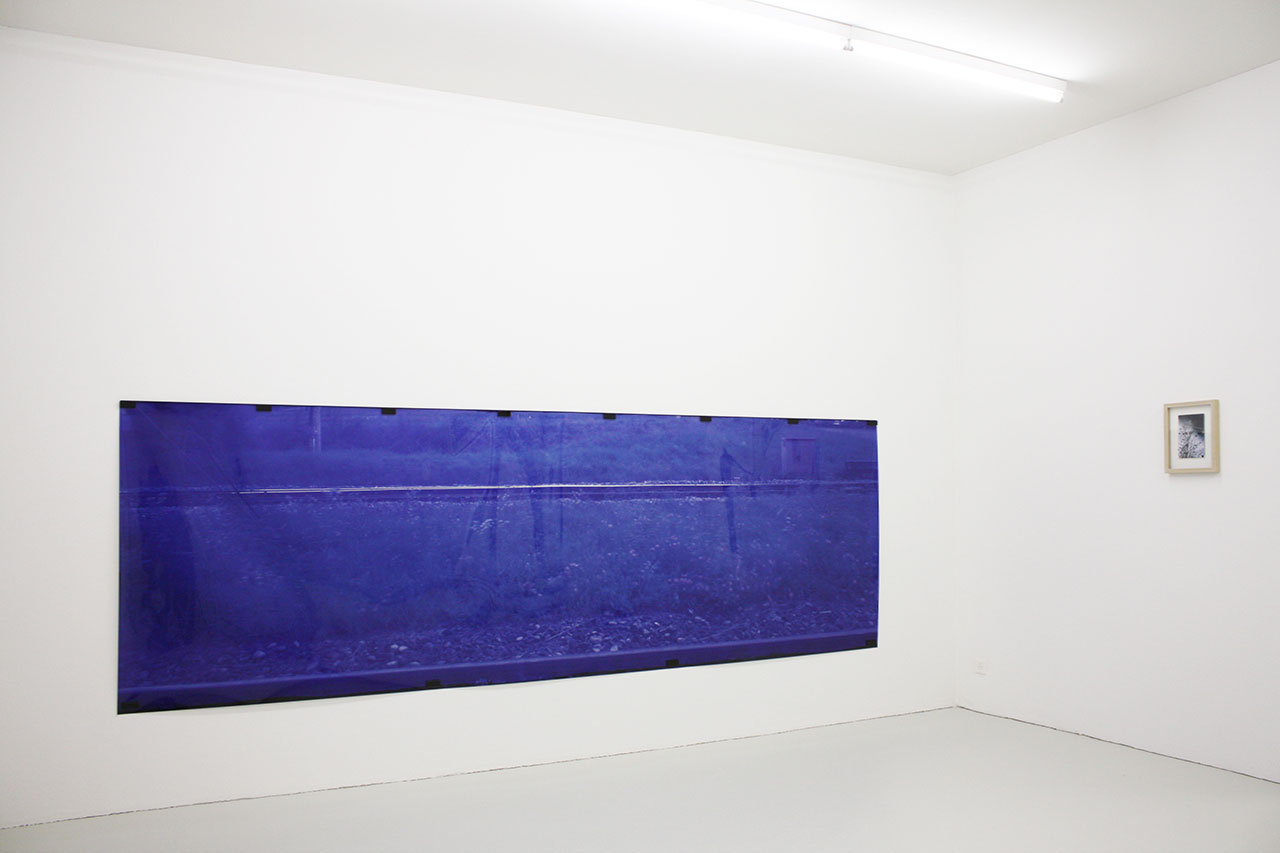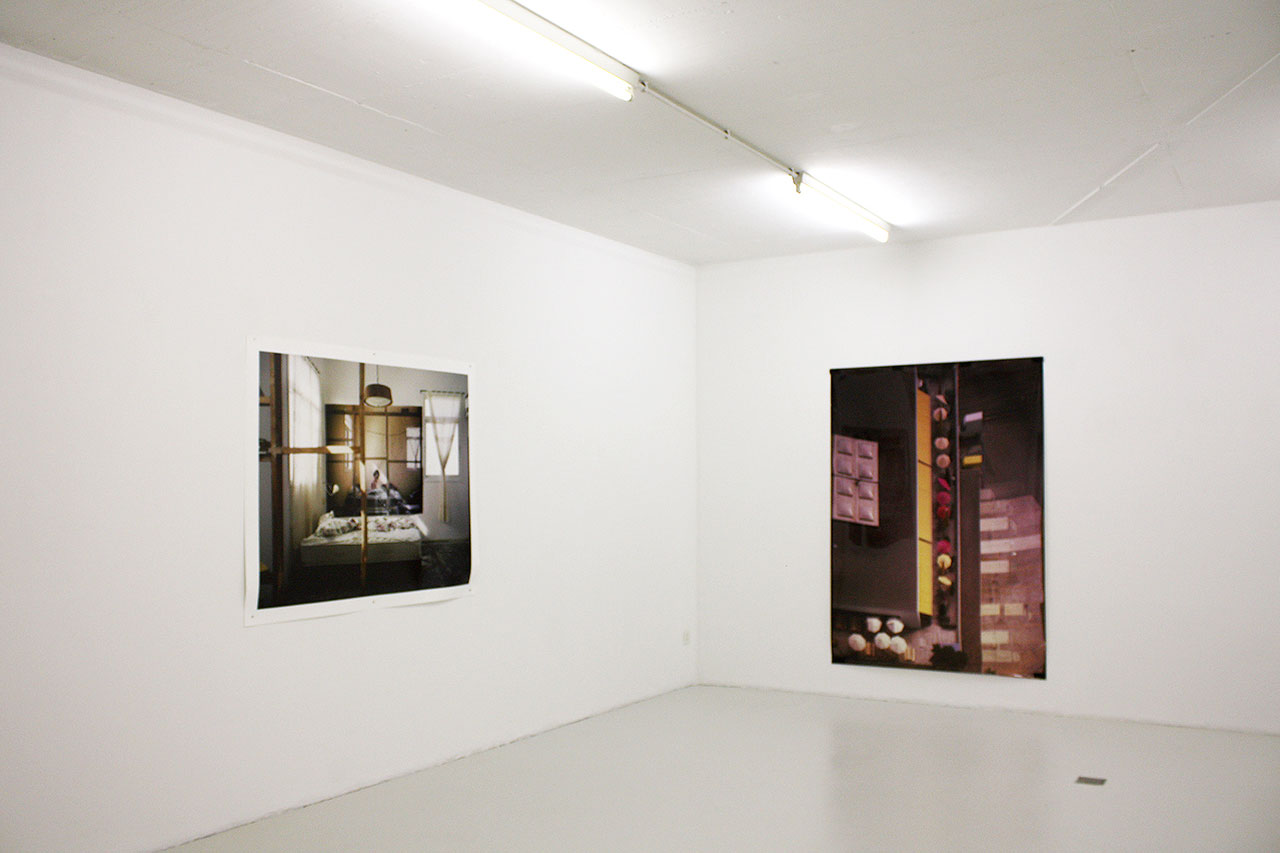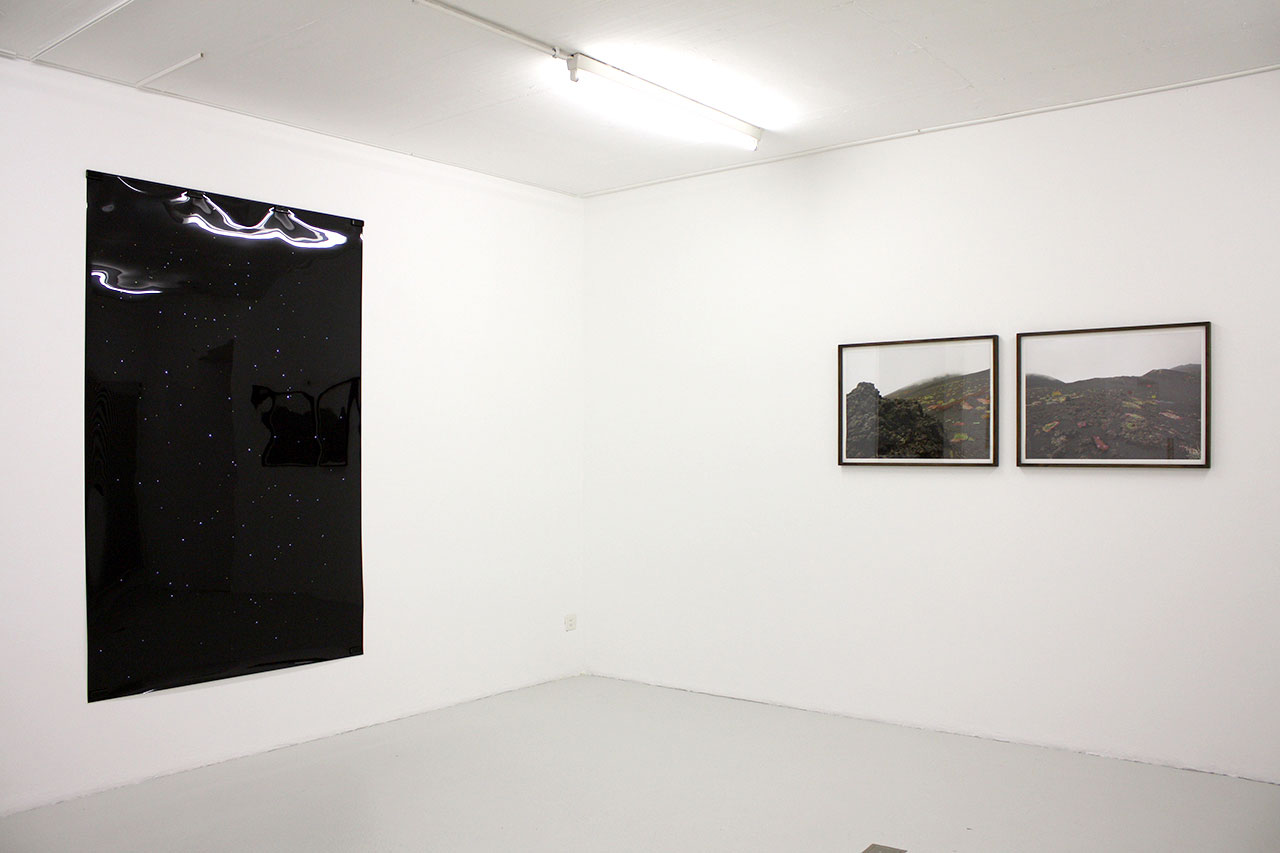The Potential of the Unconscious: moving Parallels in photographic Art.
Stefania Beretta / Andrea Good / Dorothee von Rechenberg / Alessandra Spranzi / Annelies Štrba / Mark Yashaev
28 February – 10 May 2015
THE POTENTIAL OF THE UNCONSCIOUS: MOVING PARALLELS IN PHOTOGRAPHIC ART is the title of the exhibition that inaugurates the 2015 season at the MACT/CACT, featuring artists who either work primarily with the camera or who draw on its potential, and making the borders between the concept of ‘photography’ and its more generic and parallel peer of ‘art’ permeable. At some time in the fifties and sixties of the last century, artists started becoming intrigued with technology, so much so as to induce many of them, by the seventies, to perceive photography as an artistic expression. In time, this has unleashed a great number and variety of influences, in film, the cinema, video, the lexicon of advertising graphics, still and animated cartoons, performance art, documentaries and so on. This is how it came about that a genre that, from a certain standpoint, had a strong identity of its own at that time (i.e. working on the idea of ‘pure photography’), thenceforth lost its specific connotation, took to the wing and cross-fertilised with other and parallel forms of production. In the area of traditional art, however, this phenomenon took rather longer to crystallise than in that of photography, in due course giving evident form to the trans-medial and post-contemporary artistic society that is more usually derived from increasingly homogeneous and unisex manifestations that have contributed to clarifying the outlines of a weak, tribal society like ours.
The artists we have analysed and chosen have every right to be classified among the group of authors who, in the early days of this process of renewal taking place within art’s relationship with technology, focused on studying the machine as a phenomenon to be examined, in a society undergoing change and witnessing a dangerous prevalence – also from the point of view of communications and of economic and political propaganda and proselytism – of the ‘medium’ over the ‘message’. The investigation that became necessary in the course of the last few years aimed to understand the extent to which the signifier comes before the significance, creating an aesthetic all of its own. These days, this is an investigation that takes the form – in all areas of artistic production – of understanding art in relation to its formal definition as induced by technology itself or, for example, by the market that can be related to the world of political and commercial information or of the social networks. Every serious study about art passes inevitably through a process of criticising and questioning what qualifies as ‘aesthetic’ art.
While in the Golden Age of photography, it acknowledged all the weight of its own responsibility, these days it is discussed in bi- or multilateral terms, when the artist focuses on researching the trans-medial character of the means of production, i.e. on the denial of its predominance in any form.
So although the artists whose works are on show in this exhibition use their cameras like painters would use their brushes and palette, they depart from the traditions of photography and also overcome the embarrassment of the machine as the pregnant element fundamental to aesthetic production.
Mario Casanova, 2014 (translation Pete Kercher)
Where
MACT/CACT
Museo e Centro d’Arte Contemporanea Ticino
Via Tamaro 3, Bellinzona.
Opening hours
Friday, Saturday, Sunday
2 p.m. – 6 p.m.





